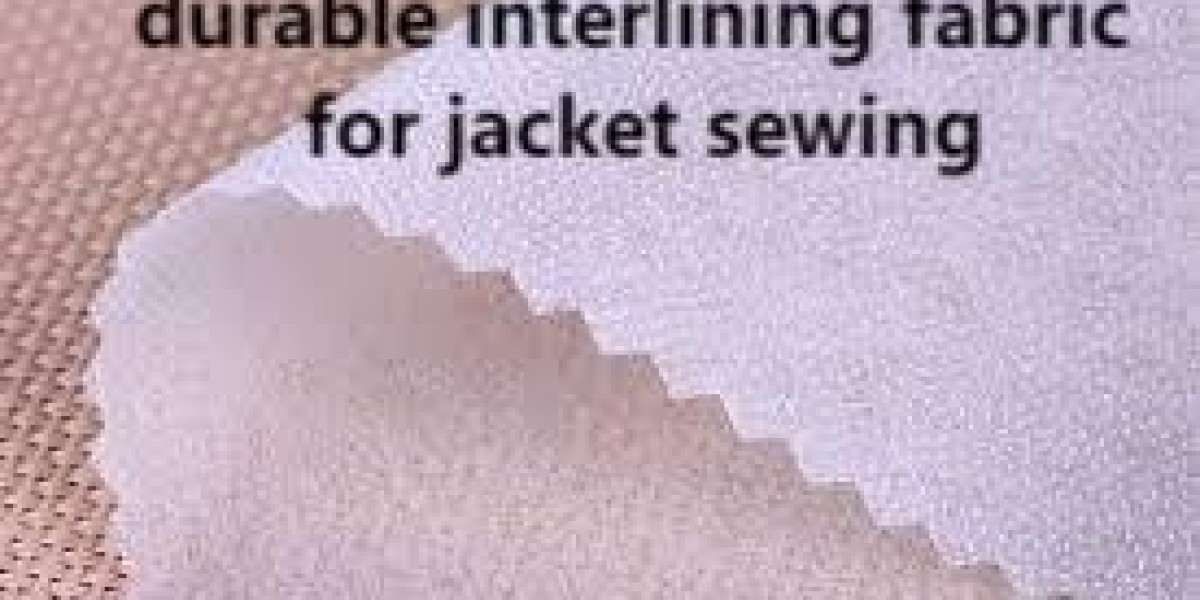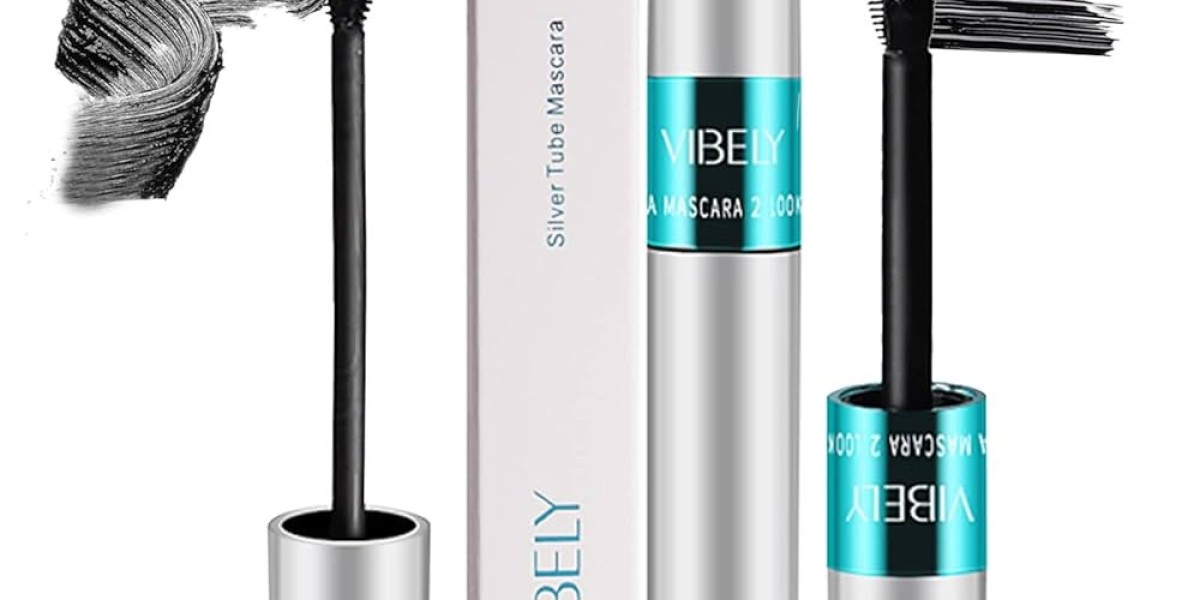In the world of fashion, aesthetics often take center stage. But beneath every polished silhouette and crisp fold lies a vital yet invisible component— Interlining . Integrated between layers of fabric, interlining provides structure, support, and shape to garments, enabling designers to bring their creative visions to life while ensuring functionality and comfort. Without it, many of the styles we admire today would lack definition and durability.
Supporting the Foundation of Fashion
Behind every well-tailored jacket or a smoothly flowing dress is a hidden framework. This structural support allows garments to maintain their shape through wear and washing. Designers and manufacturers rely on internal layers to stabilize delicate fabrics, reduce wrinkling, and create clean, consistent lines. These hidden elements help garments retain their form even after extended use.
Enhancing Wearer Comfort and Longevity
Beyond its technical role, the internal layer contributes significantly to wearer comfort. It acts as a buffer, reducing fabric friction and preventing material deformation. By reinforcing high-stress areas such as collars, cuffs, waistbands, and plackets, it adds longevity to clothing, allowing it to withstand everyday movement without deteriorating quickly. This means consumers benefit from both comfort and longer-lasting wear.
Empowering Design Precision
Fashion design is both an art and a science. Designers must often transform fluid textiles into precise, sculpted shapes. This is made possible by integrating an intermediate layer that gives the fabric added rigidity or flexibility, depending on the desired effect. Whether achieving sharp lapels, full skirts, or tailored pants, the internal structure helps bridge the gap between imagination and execution.
A Silent Hero in Textile Innovation
Today’s textile advancements have transformed these internal materials into high-performance solutions. From fusible versions that streamline production to eco-conscious variants that support sustainability, innovation is ongoing. The fashion industry now embraces materials that offer moisture resistance, breathability, and recyclability, reflecting consumer demand for smarter, more responsible products. Though unseen, these developments redefine how clothes function and feel.
Craftsmanship Beyond What Meets the Eye
Every garment is a product of intention—from fabric selection to seam placement. Yet, some of the most crucial decisions happen behind the scenes. Incorporating supportive layers is one such decision that sets premium garments apart. It demonstrates a commitment to detail and durability, offering value that goes beyond surface beauty. Consumers who understand this hidden craftsmanship are more likely to appreciate quality and make informed fashion choices.
In the end, what you don’t see can be just as important as what you do. As consumers become more conscious of how clothing is made, there’s growing appreciation for the hidden elements that contribute to a garment’s fit, feel, and functionality. These inner layers may not make headlines, but they’re essential to the stories our clothes tell.Learn more at: https://www.interlining-factory.com/news/what-is-interlining-types-applications-and-more.html








